Learn how to choose the best keywords for SEO using various tools with a detailed tutorial on Google Keyword Planner.
Choosing the right keywords for SEO can make or break your content strategy — and one of the most effective tools to help with this is Google Keyword Planner. In this tutorial blog, you’ll learn how to choose keywords for SEO using Google Keyword Planner, step by step. Whether you're new to keyword research or looking to refine your approach, this guide will help you find the right terms to increase your visibility on search engines and attract the right audience to your website.
What are Keywords?
Keywords are essentially the bridge between what people are searching for and the content you provide to fulfill that need. They are the specific terms and phrases that users type into search engines like Google, Bing, or Yahoo when they are looking for information, products, or services. For example, if someone is looking for a new laptop, they might search for “best laptops 2024” or “affordable gaming laptops.” These search terms are keywords.
Keywords can be categorized into different types:
- Short-tail Keywords: These are short and broad keywords, usually consisting of one or two words, like “laptops” or “SEO.” They generally have high search volume but are also highly competitive.
- Long-tail Keywords: These are longer and more specific phrases, usually consisting of three or more words, like “best affordable gaming laptops 2024” or “how to improve SEO rankings.” They typically have lower search volume but higher conversion rates because they target a more specific audience.
Why do Keywords Matter?
Keywords are crucial for several reasons:
- Driving Targeted Traffic: Keywords help attract visitors who are specifically looking for what you offer. By optimizing your content with relevant keywords, you increase the likelihood that your website will appear in search results when users search for those terms. This targeted traffic is more likely to convert into customers or engage with your content.
- Improving Search Engine Rankings: Search engines use complex algorithms to determine which websites to rank highly in search results. Keywords play a significant role in these algorithms. When your content includes the right keywords, search engines recognize that your website is relevant to those search queries and are more likely to rank it higher. Higher rankings mean more visibility and, consequently, more traffic.
- Enhancing User Experience: Well-chosen keywords align your content with what your audience is searching for, making it more relevant and useful. When users find content that closely matches their search intent, they are more likely to stay on your site longer, reducing bounce rates and increasing engagement. This positive user experience can further improve your search engine rankings.
- Understanding Market Demand: Analyzing keywords can provide insights into what your target audience is interested in and what they are searching for. This information can guide your content strategy, helping you create content that meets the needs and interests of your audience. It can also inform your product development and marketing strategies.
- Competing Effectively: In competitive industries, the right keywords can give you an edge over your competitors. By identifying and targeting keywords that your competitors might have overlooked, you can capture a share of the market that they are missing. Tools like competitive analysis can help you discover these opportunities.
How to Do Keyword Planning
1. Brainstorming and Competitor Analysis
- Brainstorming: Start by brainstorming a list of potential keywords related to your business. Think about what terms your audience might use to find your products or services.
- Competitor Analysis: Analyze your competitors’ websites to see which keywords they are targeting. Tools like SEMrush, Ahrefs, and Moz can provide insights into your competitors’ keyword strategies.
2. Using Keyword Research Tools

- SEMrush: Offers detailed keyword analysis, including search volume, keyword difficulty, and competitor insights.
- Ahrefs: Provides comprehensive keyword data, including search volume, keyword difficulty, and competitive analysis.
- Moz Keyword Explorer: Helps you discover and prioritize the best keywords to target based on search volume, difficulty, and organic click-through rates.
- Google Keyword Planner: Offers detailed keyword analysis, including search volume, keyword difficulty, and competitive insights.
Ok, so let's see this with the help of Google Keyword Planner.
Search Engine Optimization (SEO) is crucial for increasing your website's visibility on search engines. One of the most effective tools for finding the right keywords is Google Keyword Planner. In this tutorial, we’ll guide you through the process of using Google Keyword Planner to choose the best keywords for your SEO strategy and explore various ways to conduct keyword planning.
What is Google Keyword Planner?
Google Keyword Planner is a free tool provided by Google Ads that helps you research keywords for your search campaigns. It offers insights into how often certain words are searched and how those searches have changed over time, providing valuable data for your SEO efforts.
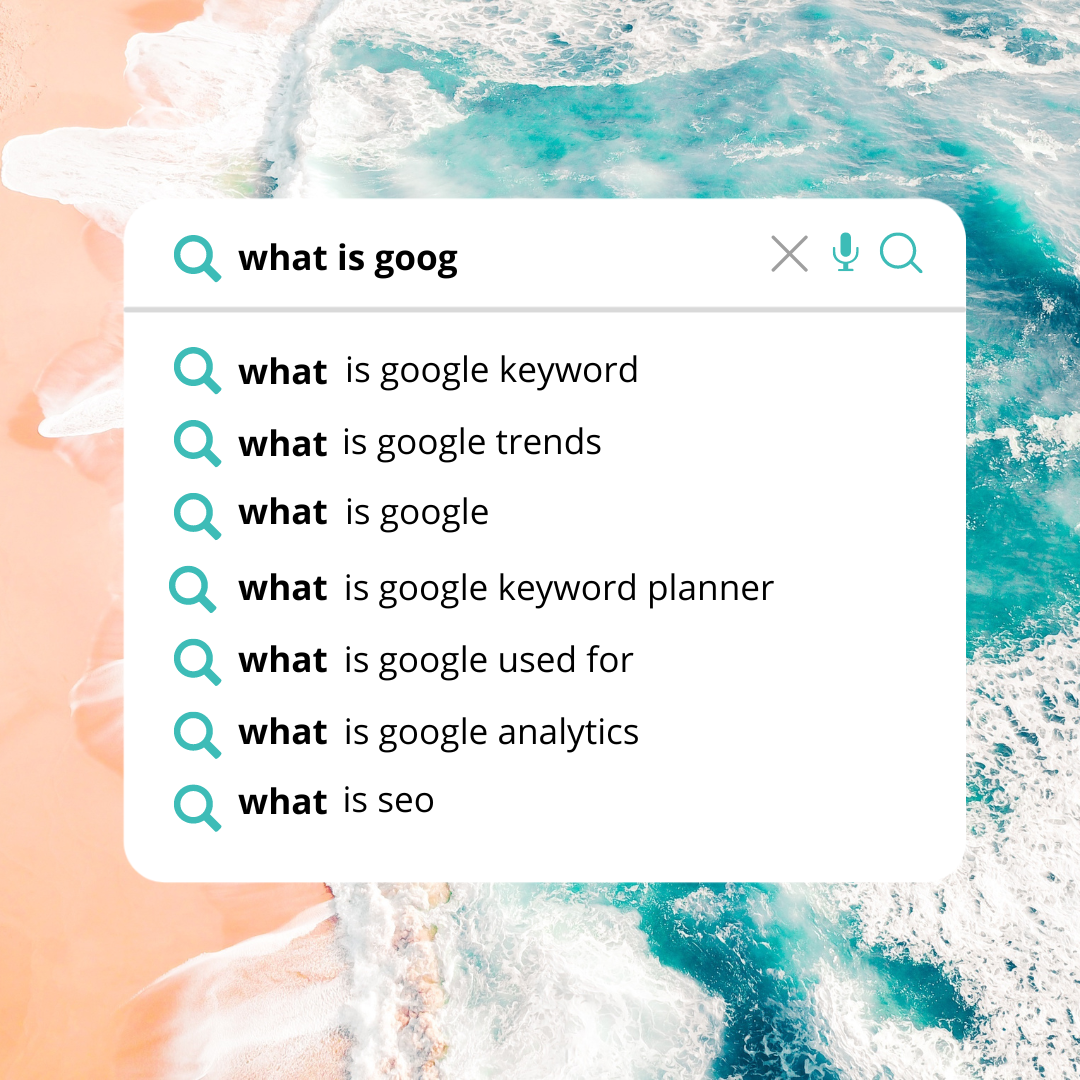
Why Use Google Keyword Planner for SEO?
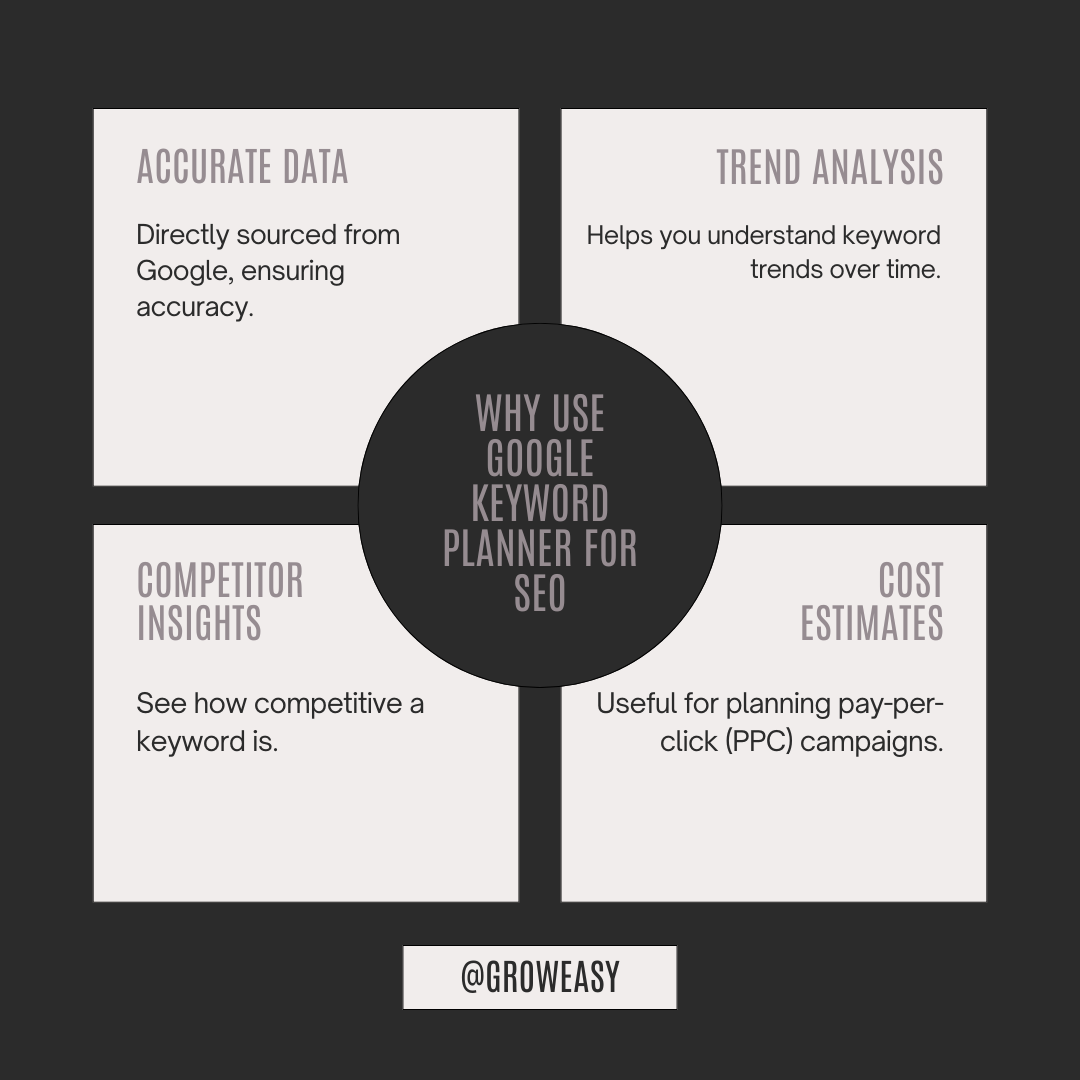
- Accurate Data: Directly sourced from Google, ensuring accuracy.
- Trend Analysis: Helps you understand keyword trends over time.
- Competitor Insights: See how competitive a keyword is.
- Cost Estimates: Useful for planning pay-per-click (PPC) campaigns.
Step-by-Step guide Use Google Keyword Planner for Keyword Research
Step 1: Access Google Keyword Planner
Go to google and search google keyword planner
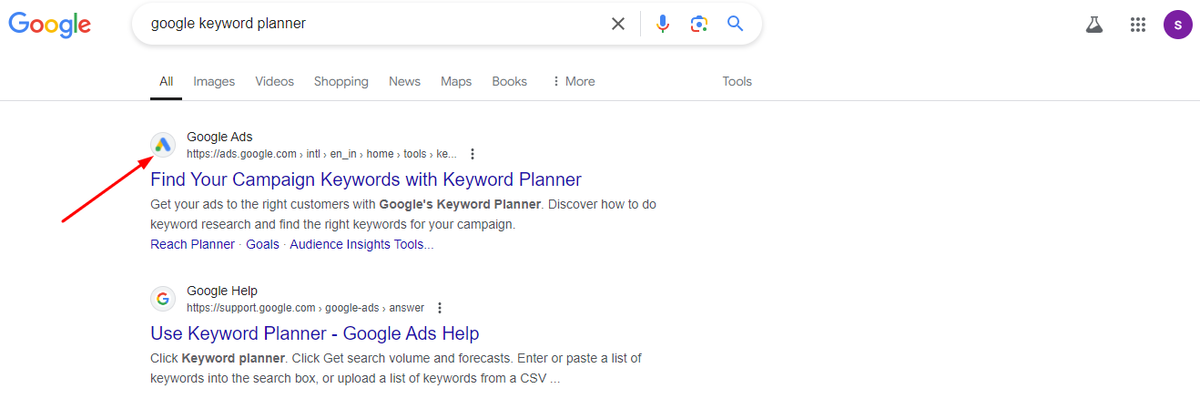
- Sign in to Google Ads: If you don’t have a Google Ads account, you’ll need to create one.
Note: You don’t have to run an active campaign to use the Keyword Planner. But do need to at least set up a Google Ads campaign.
2. Navigate to Keyword Planner: Once logged in, click on the tools and settings icon in the upper right corner, then select "Keyword Planner" under the “Planning” section.

Step 2: Choose Your Tool
Google Keyword Planner offers two main tools:
- Discover New Keywords: Find keywords related to your products, services, or website.
- Get Search Volume and Forecasts: See search volume and other historical metrics for a list of keywords.
For SEO, we’ll focus on "Discover New Keywords."
Step 3: Discover New Keywords
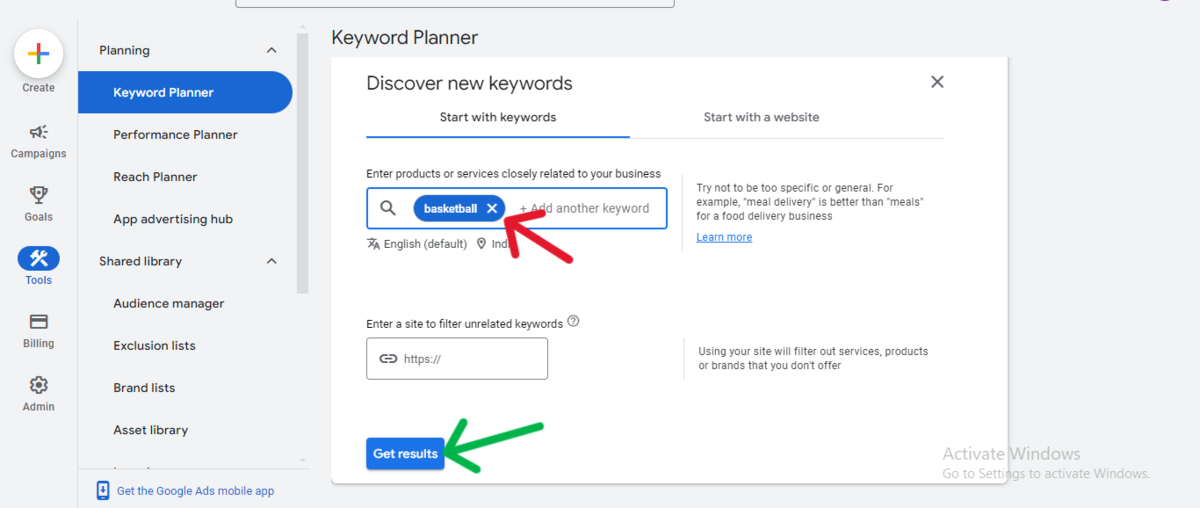
- Enter Keywords or Website URL: In the "Discover New Keywords" section, you can enter words or phrases related to your business or even input your website URL to get keyword suggestions.
- Set Location and Language: Customize your search by setting the location and language preferences to target specific audiences.
Step 4: Analyze Keyword Suggestions

Once you get the list of keyword suggestions, you’ll see several columns:
- Keyword (by relevance): The suggested keywords.
- Average monthly searches: Indicates the average number of searches for the keyword.
- Competition: Shows how competitive the keyword is (low, medium, high).
- Top of page bid (low range and high range): Provides an estimate of the cost-per-click for advertisers.
Step 5: Filter and Sort Keywords
To refine your list of keywords:
- Filter by Average Monthly Searches: Focus on keywords with a decent search volume to ensure they drive traffic.
- Filter by Competition: Depending on your strategy, you might want to target low to medium competition keywords initially.
- Sort by Relevance: Ensure the keywords are highly relevant to your content and audience.
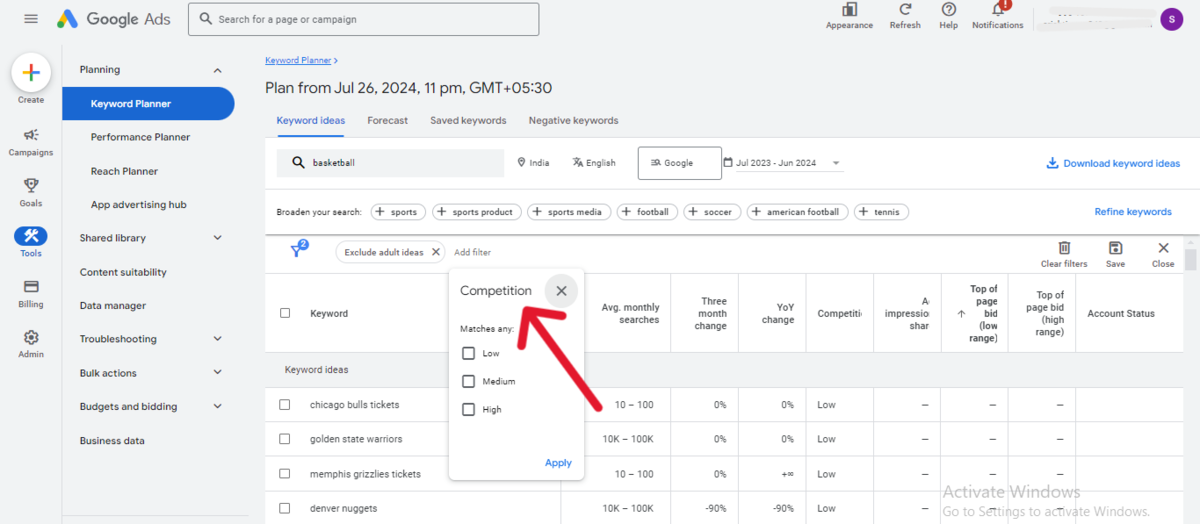
Step 6: Choose the Best Keywords
- Relevance to Your Content: Ensure the keywords are closely related to the content you’ll create.
- Search Volume: Aim for keywords with a good balance of search volume and competition.
- Long-Tail Keywords: Consider using long-tail keywords (phrases with 3+ words) which are often less competitive and more specific.
Step 7: Plan Your Content
Download the list of keywords,
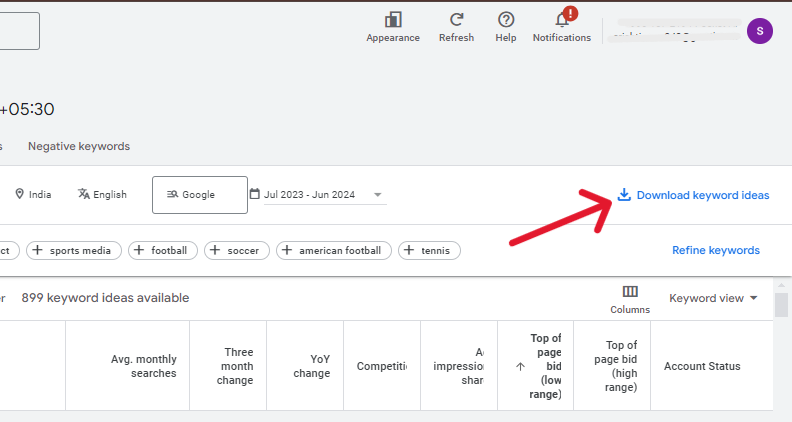
Now that you have a list of targeted keywords:
- Create Content Around Keywords: Develop blog posts, articles, and other content that incorporates these keywords naturally.
- Optimize Your Website: Use keywords in meta descriptions, headings, and throughout your web pages.
- Monitor Performance: Use tools like Google Analytics and Google Search Console to track the performance of your keywords and adjust your strategy as needed.
Conclusion
Choosing the right keywords is a fundamental step in any successful SEO strategy. Google Keyword Planner, along with other keyword research methods, provides invaluable insights that can help you identify the best keywords for your business. By following this step-by-step tutorial and leveraging various keyword planning techniques, you’ll be able to enhance your SEO efforts, drive more traffic to your site, and achieve better search engine rankings.






